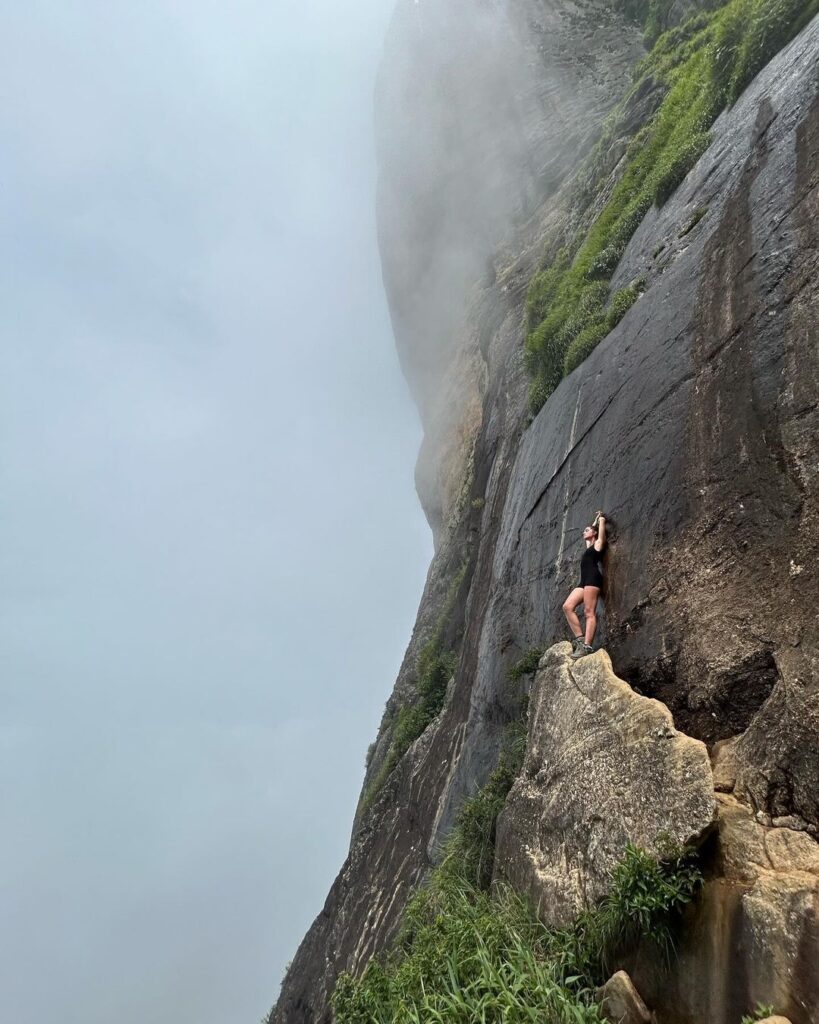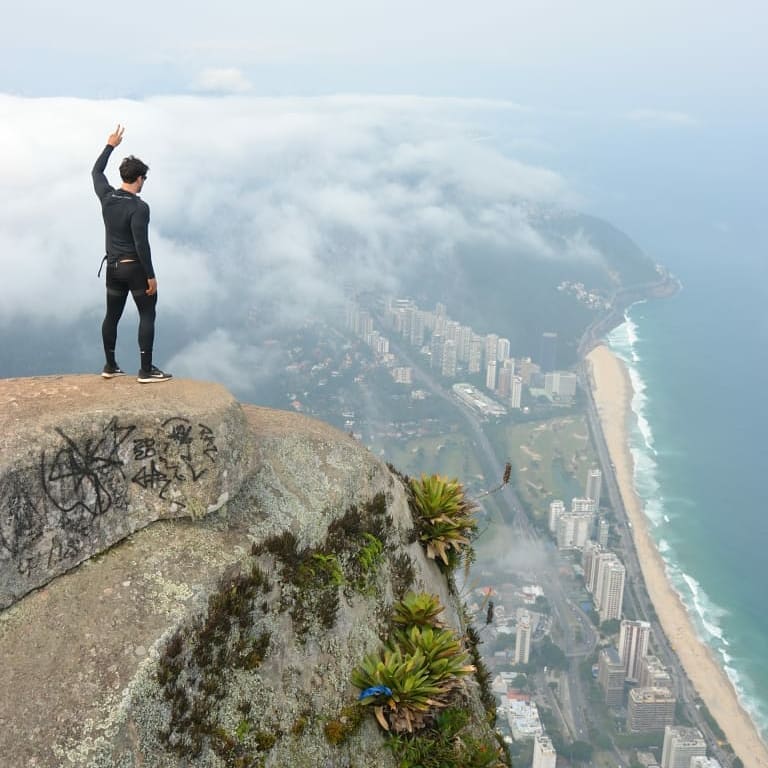Pedra da Gávea is a monolithic mountain located in Tijuca Forest in Rio de Janeiro, Brazil. This natural landmark is known for its breathtaking views, challenging hiking trails, and archaeological significance.
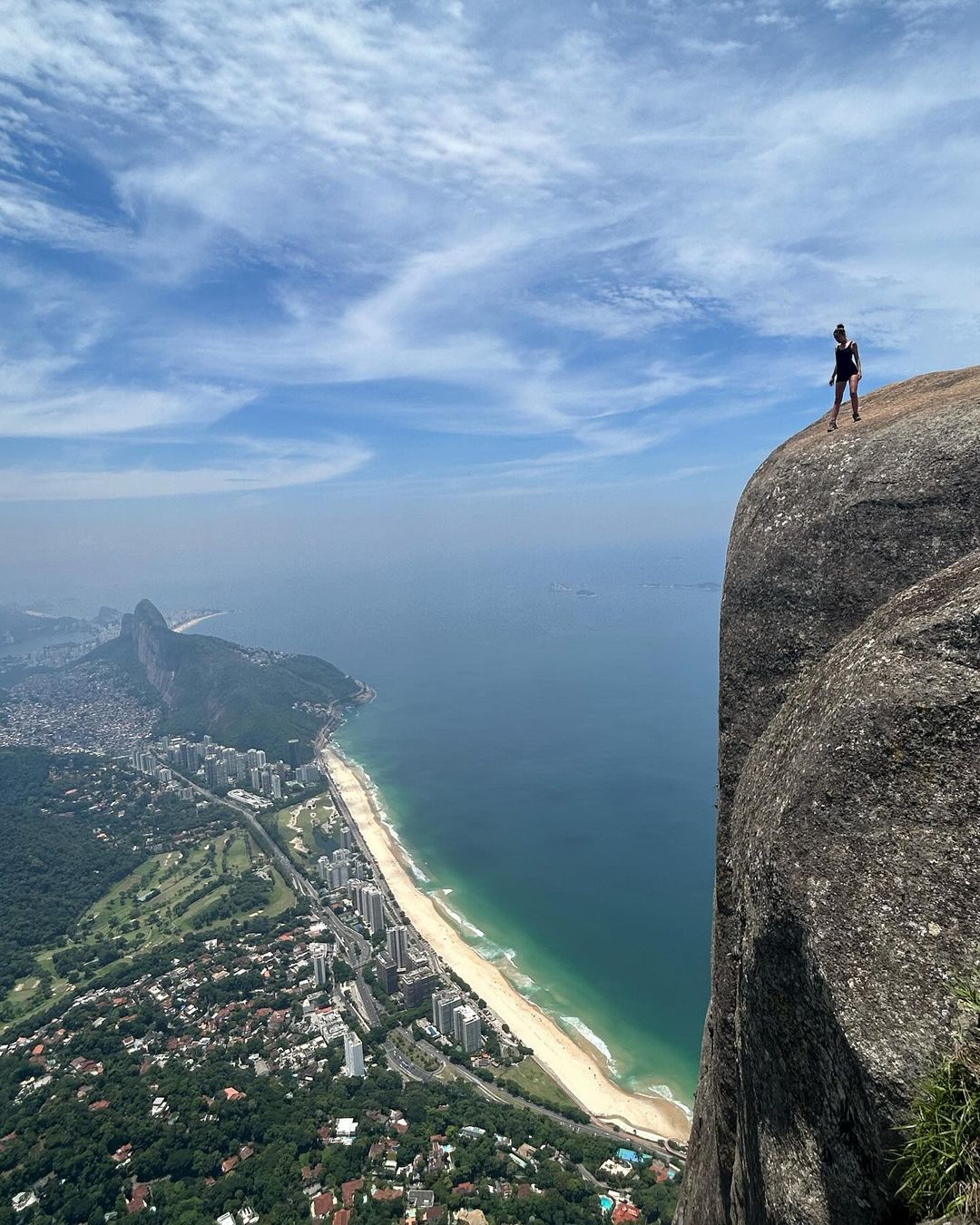
The Geological Formation of Pedra da Gávea
It is a massive granite rock formation that stands at 842 meters above sea level. It is considered one of the largest coastal monoliths in the world and is estimated to be around 500 to 600 million years old. The mountain has a distinct shape that resembles a human face, and it is believed to have been formed by erosion and weathering over millions of years.
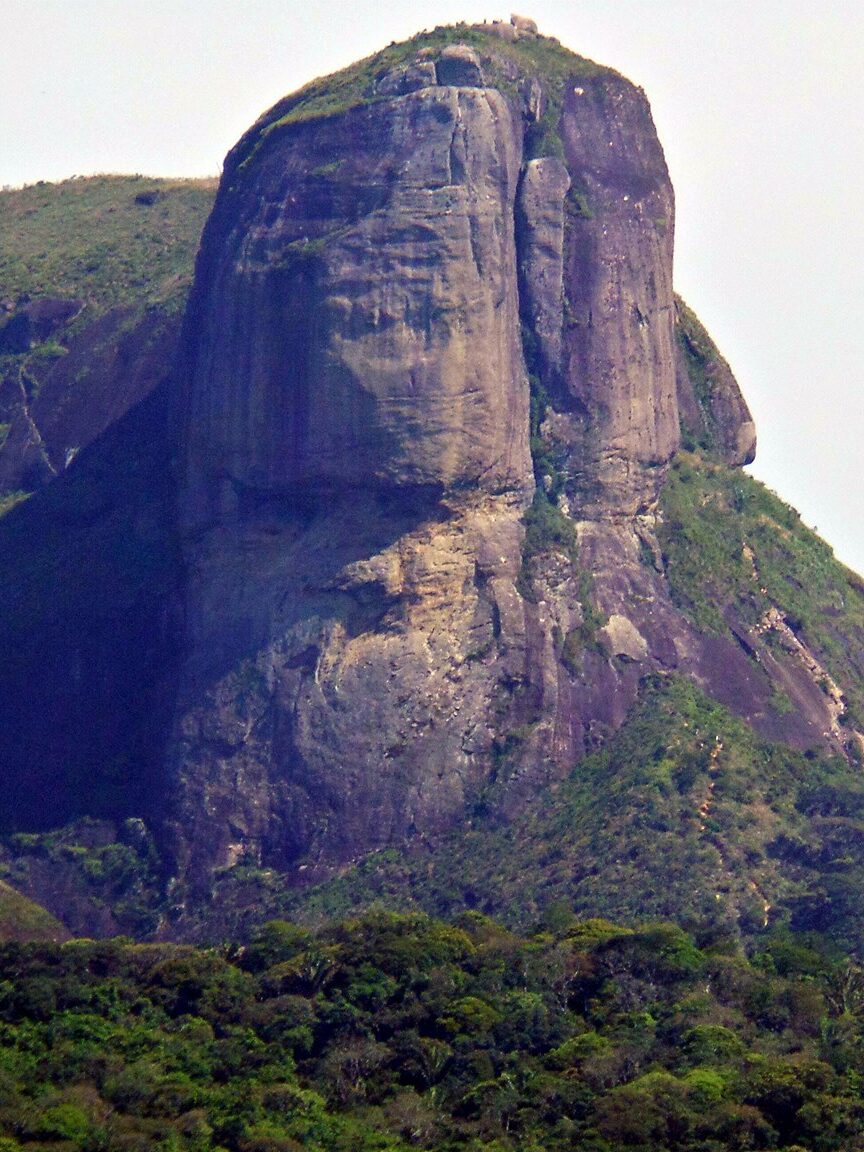
The Mythology and Archaeological of Pedra da Gávea
Pedra da Gávea has been the subject of many legends and myths surrounding its origin. One of the most popular stories is that the mountain was a giant sleeping warrior who turned into stone to protect the city of Rio de Janeiro from invaders. This mythological significance has attracted many tourists and hikers to the mountain.
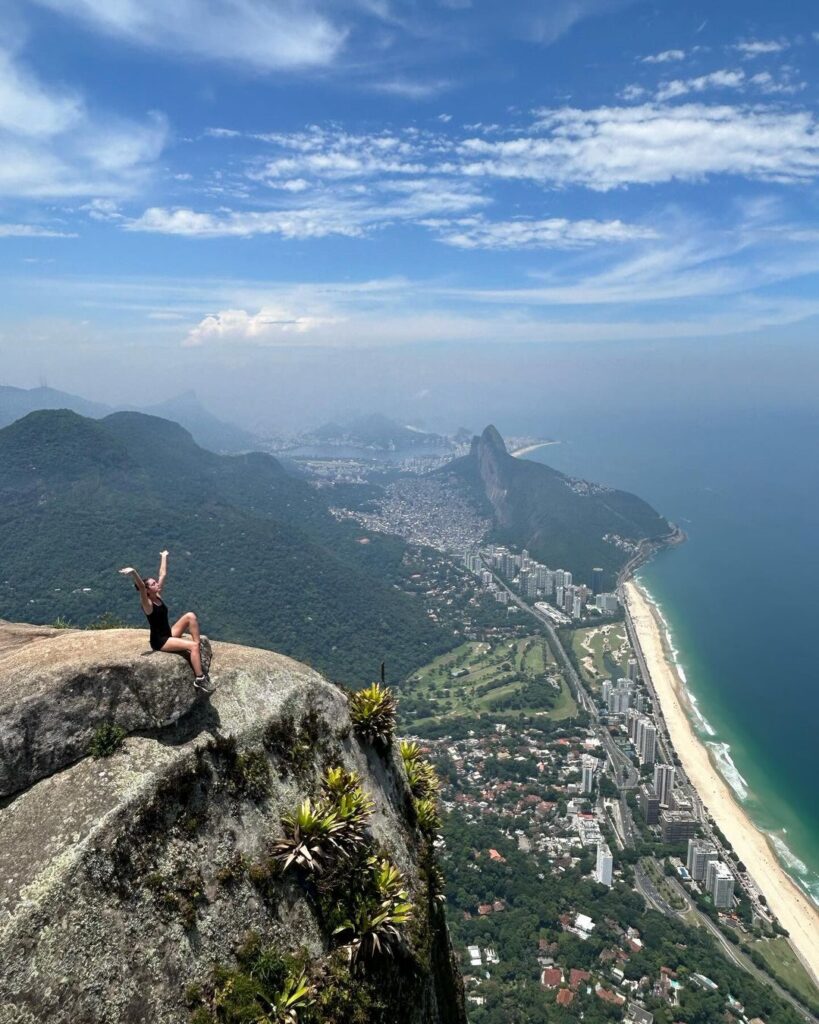
In 1936, an expedition led by British archaeologist Betty Meggers found evidence of human occupation on the mountain dating back to 9,000 years ago. The discovery of artifacts and cave paintings from this ancient tribe has provided valuable insight into the pre-colonial history of the region.
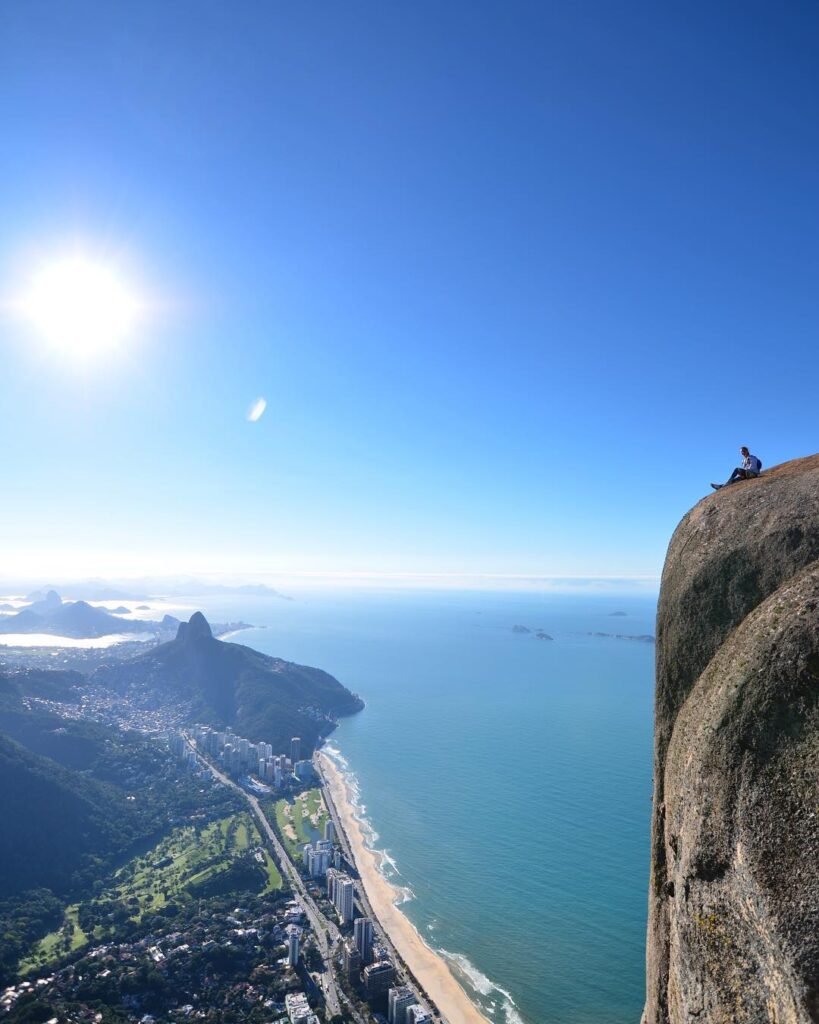
The Hiking Trails and Adventure Sports at Pedra da Gávea
It is a popular destination for hikers and adventure sports enthusiasts. The mountain offers several hiking trails with varying levels of difficulty. The most popular route is the Carrasqueira trail, which is a challenging 2-3 hour climb up the face of the mountain. The climb includes a steep elevation gain and vertical climbs up the rock face, which requires a high level of fitness and experience.
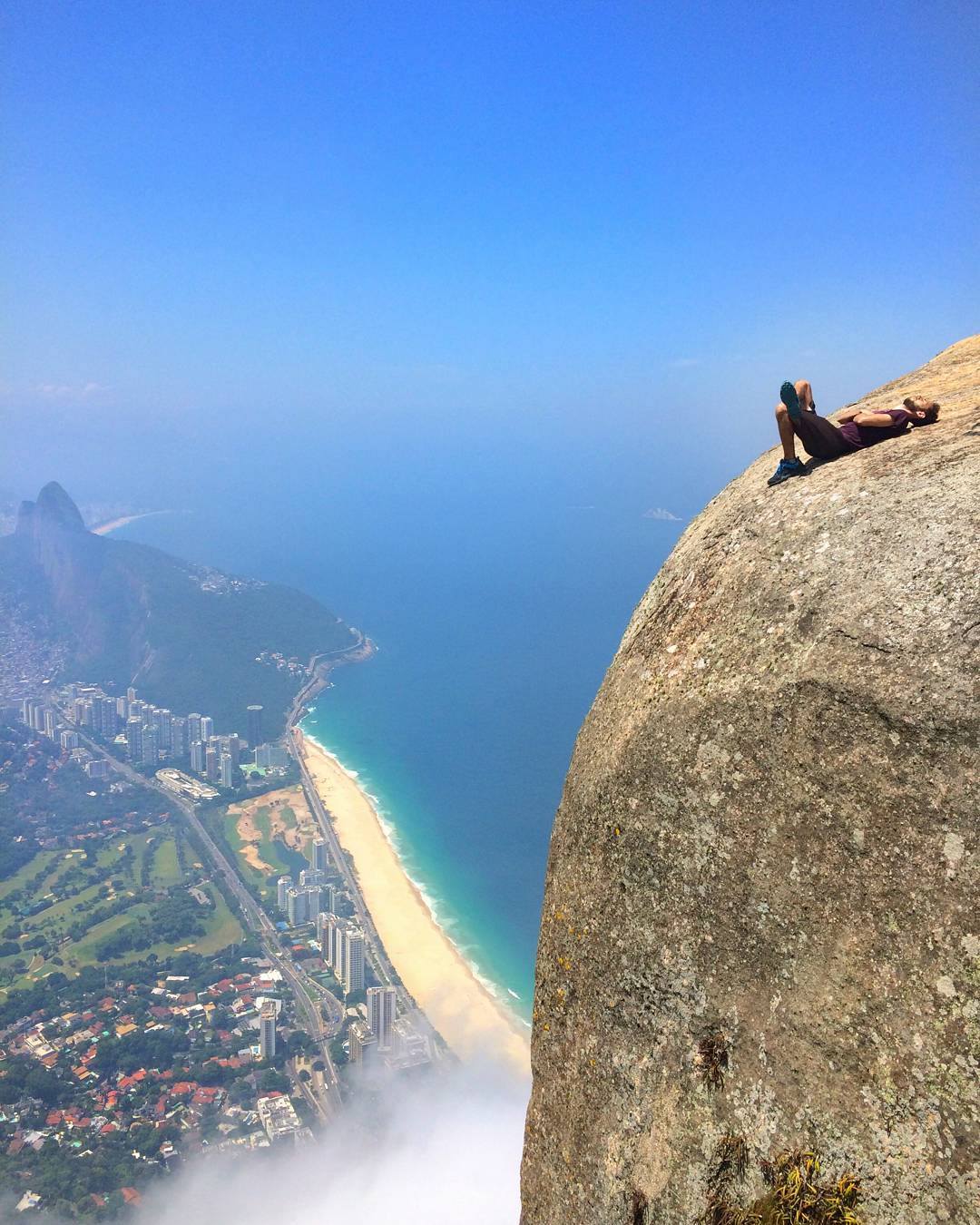
For those seeking adventure sports, Pedra da Gávea offers paragliding and hang gliding opportunities. These two sports provide breathtaking views of Rio de Janeiro and the surrounding coastline. The mountain is also a popular spot for rock climbing and rappelling.
